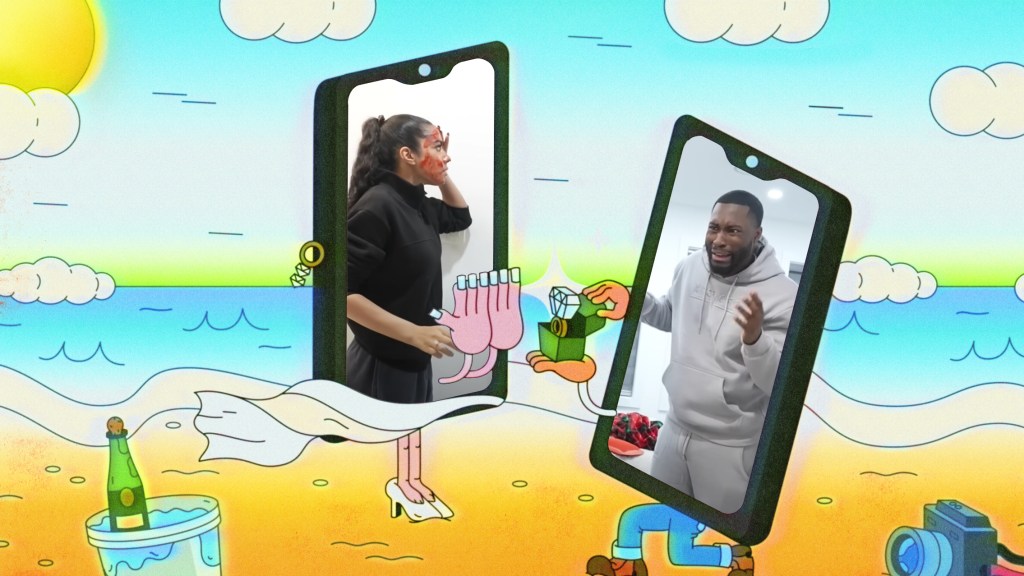Update: Shortly after this story was published, YouTube deleted Infowars’ War Room channel.
“We’re committed to preserving openness and balancing it with our responsibility to protect our community,” YouTube spokesperson Ivy Choi said. “This means taking action against channels that continue to violate our policies.”
Videos by VICE
The original story follows.
Infowars returned to YouTube today after YouTube’s CEO, Susan Wojcicki, invited “offensive” content back onto the site. On Tuesday, Wojcicki published a letter to YouTube’s creators on the company’s official blog. “Without an open system, diverse and authentic voices have trouble breaking through,” she wrote. “I believe preserving an open platform is more important than ever.”
The next day, the War Room—Infowars’ program for afternoon commuters—relaunched its YouTube channel. The first video uploaded to the new channel has been up for 17 hours. It shows War Room host Owen Shroyer reading a portion of Wojcicki letters in a video titled “Breaking! YouTube CEO says ‘Alex Jones’ and ‘Infowars Ban Is Over.’” Wojcicki didn’t mention Infowars in her letter, but this is how Shroyer apparently interpreted it. Since going live, War Room has uploaded 13 videos covering topics typical to Infowars, like “liberal racism,” the end of “globalism,” and how Lizzo’s performance at the VMAs was “disgusting.”
YouTube and Infowars did not immediately respond to request for comment.
YouTube removed Infowars channels and associated videos a year ago for “violating YouTube’s community guidelines.” The YouTube ban was part of a larger wave of deplatforming efforts targeting Jones and Infowars. iTunes, Spotify, Twitter, Facebook, and YouTube all purged Jones and his associated content from their platforms. Alex Jones and InfoWars’s flagship channel is not back on the platform. It’s also worth mentioning that Paul Joseph Watson, a frequent contributor to InfoWars, has not been banned from YouTube and has 1.7 million subscribers on the platform.
YouTube has long hosted radical content and hate speech. Researchers have suggested that some of its extreme personalities radicalize viewers. Wojcicki’s letter made it clear that at least some of this content will remain on the site. “A commitment to openness is not easy. It sometimes means leaving up content that is outside the mainstream, controversial or even offensive,” she wrote. “But I believe that hearing a broad range of perspectives ultimately makes us a stronger and more informed society, even if we disagree with some of those views.”
Wojcicki said she remains dedicated to removing content that violates YouTube’s community guidelines, reducing the spread of content that “brushes right up against our policy line,” and raising the voices of YouTube’s “trusted” creators.
“Problematic content represents a fraction of one percent of the content on YouTube and we’re constantly working to reduce this even further,” she wrote.




